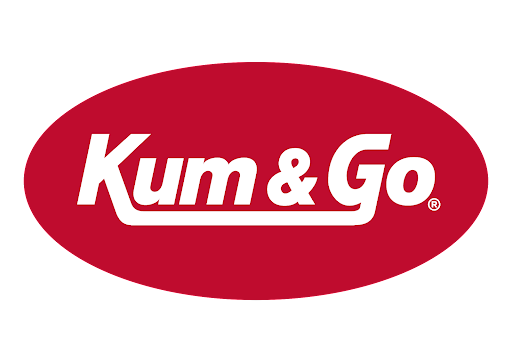MCELELLAN: How much should you be spending on marketing?

Most businesses recognize that they need to do some marketing to drive sales. But what should they do? And an even more imposing question – how much should they spend?
There’s no magic answer or one right solution, and let’s be very clear about these two points:
1) The exact amount matters less than having an amount. In other words, having and tracking a marketing budget is much more important than getting the number exactly right. You can’t know if you’re on target if there’s no target at all.
2) You can have the right budget and spend it on the wrong things. A marketing plan should always be tied to a strategic marketing budget.
Now, let’s tackle the question. There are several “general rule of thumb” guidelines that can be used to determine a marketing budget. Obviously, these are broad generalizations and need to be altered based on the specifics of your business. But they’re a place to start.
Percentage of gross sales/revenue:
This is probably the simplest method. Most experts recommend somewhere in the range of 2-8 percent of gross sales. McKinsey & Co. is often quoted at 5 percent.
Most small businesses (less than $5 million gross revenues) should shoot for at least 7-8 percent of gross sales.
Industry-specific:
Many industries have their own standard. For example:
• Consumer package goods: Up to 50 percent of projected net sales to launch a new product
• Industrial B-to-B: 1 percent of gross sales
• Retail: 4-10 percent of net revenues
• Banks and credit unions: 2-5 percent of assets
• Law firms: 1-4 percent of gross revenues
• Pharmaceuticals: Up to 20 percent of net sales
• Hospitals: 1 percent of net revenues
Lifetime value of customer:
The idea is simple. You identify how much profit (on average) you make during the lifetime of that customer relationship and determine how much you are willing to invest per customer acquisition.
This will require some time, some historical sales data and a good working knowledge of the company and its clients.
If you choose this method, make sure that you draw your numbers from a large enough sample so that you take into account all shapes and sizes of customers.
Goal- or plan-driven:
The thinking behind this method is really a blend of some of the others. Identify measurable goals (number of new clients, percentage of revenue increase, etc.) and then determine your sales equation.
For example:
• For every 100 prospects approached, you get 25 meetings.
• From those 25 meetings, you can expect to get 12 invitations to present a proposal.
• From 12 proposals, you will score four new clients.
If your goal is 20 new clients, you now know that you need to approach 500 qualified prospects.
Which method do you currently use? If you don’t have a marketing budget, which method should you be using?
Drew McLellan is Top Dog at McLellan Marketing Group and blogs at www.drewsmarketingminute.com. He can be reached by email at Drew@MclellanMarketing.com. © 2011 Drew McLellan










